Chinese historical fiction has a long and storied history that spans hundreds of years and multiple eras and governments. In fact, the first known novel to be published in China was The Romance of the Three Kingdoms by Luo Guanzhong, a historical fiction book set at the end of the Han Dynasty and published in the 14th century. As in many places, the form of the historical fiction novel in China has shifted over time, with earlier books incorporating official documents and other primary sources verbatim, while later works relied more on colloquialisms. Initially, Chinese novel writers were considered to be less literary than writers working in other forms, due to their use of vernacular language rather than stylized speaking and writing. However, the novel form soon became increasingly popular as both literacy and affordable printing spread.
When analyzing modern Chinese literature, academics may divide it into anywhere from three to seven periods, and/or they may consider 1917–1919 as a literary revolution turning point that marked the official separation between older novels (which tend to be more formal and closed in what they address) and more modern storytelling. Either way, historical fiction continues to be a prominent genre both in Chinese fiction and in novels written by writers outside of China who set their books there. From sweeping epics of ancient history to stories set in the 1980s and ’90s, the genre encompasses a wide range of events, settings, and voices. Below are just a few suggestions to begin exploring the wide-ranging category of Chinese historical fiction.
The Romance of the Three Kingdoms by Luo GuanzhongIf you’re looking to deep dive into Chinese historical fiction, why not start at the beginning? Available in both abridged versions and the full, four-volume set, this novel follows the machinations of feudal lords in the dwindling days of the Han dynasty. Though it was written centuries ago, this tale of courtly intrigue will appeal to modern fans of Hilary Mantel and Shan Sa. |
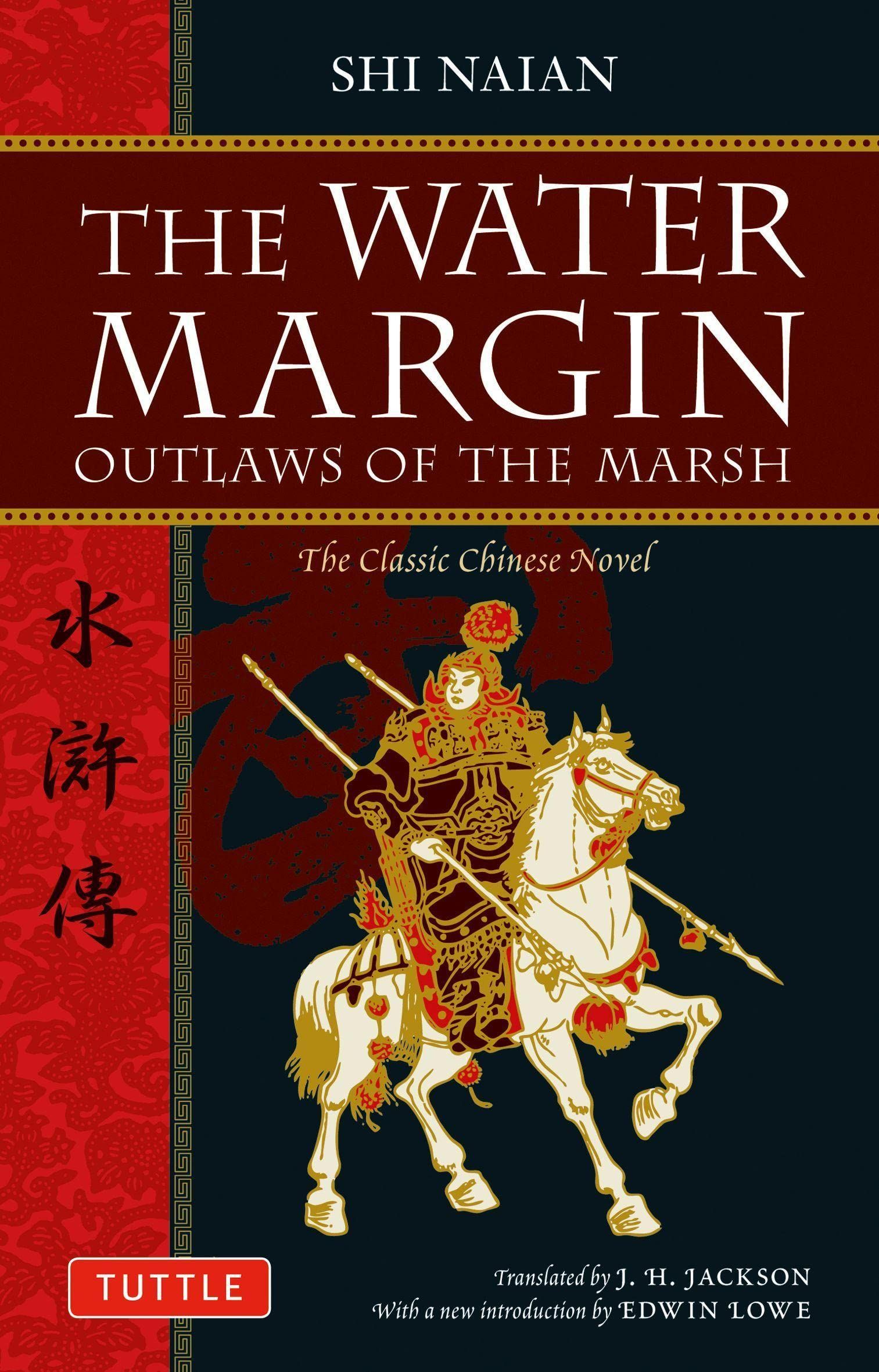
Water Margins by Shi Nai’An (Also Translated as Outlaws of the Marsh and All Men Are Brothers)This Chinese classic was translated as early as the mid-1700s and became so popular in Japan after its 1805 translation that the Suikoden role-playing games it inspired are still enjoyed today. One of the first examples of Chinese vernacular writing in the novel form, this book was also popularized by Pearl S. Buck, who translated a version titled All Men are Brothers and brought the book to American readers in 1933 (albeit with errors in translation). Written in the 14th century, it depicts life in the 12th century Song dynasty using interconnected tales in the model of traditional storytelling. |
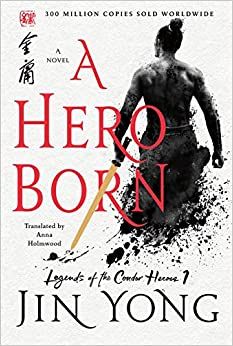
A Hero Born by Jin YongThis historical fiction/fantasy mashup takes place in China during the Jin Dynasty. After his father is murdered for his loyalty to the Song, Guo Jing and his mother flee to the plains, currently ruled over by Ghenghis Khan and his troops. Knowing that he will eventually have to return and face his destiny, Guo Jing studies military strategy and defense under Ghenghis Khan and The Seven Heroes of the South. This is the first in a four-book series about Guo Jing. |
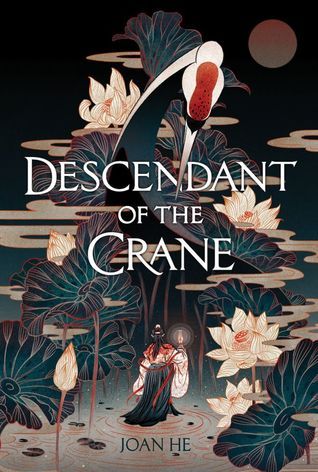
Descendant of the Crane by Joan HeRaised in the imperial palace princess, Hesina of Yan watched her father model how to rule in a fair manner and avoid the infighting of the courts before him. But now her father is dead, and even though the royal doctors determine he died of natural causes, Hesina believes he was murdered. Desperate to avenge her father’s death and find his assassin, Hesina dives into a world of politics, intrigue, and secrets among the imperial families of China. |
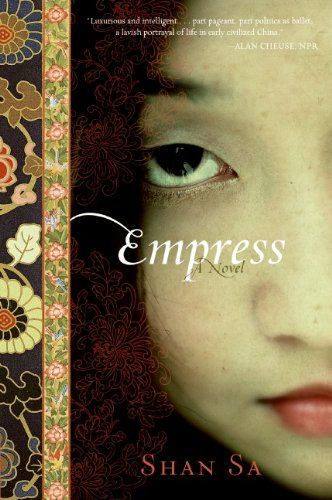
Empress by Shan SaEmpress is one of the best-known examples of well-written historical fiction to be published in the last 20 years. Empress Wu was China’s first, and only, empress and remains a controversial figure in its history. In this book, Shan Sa uses her gift for capturing the inner emotional landscape of characters to create a spellbinding historical tale that weaves together power, love, and history to explore a complex figure. |
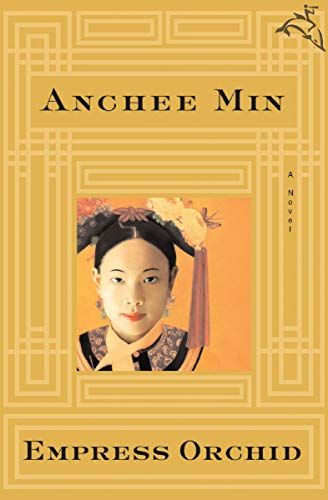
Empress Orchid by Anchee MinTzu Hsi was a Chinese noblewoman and concubine who became the effective ruler of the Chinese government and Empress Dowager when her young son was crowned emperor. This book imagines her life, from her beginnings as a concubine in the Forbidden City to the dangers she faced as she sought to consolidate power and defend her rule against the courtiers who wished to overthrow her. |
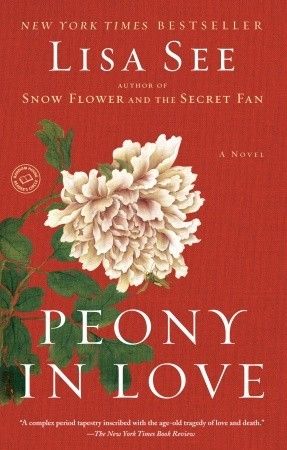
Peony in Love by Lisa SeeFrom true events in 17th century China, Lisa See (author of many historical fiction books set in China) weaves together the stories of three generations of women. Peony, our main character, has been raised in a sumptuous villa on the shores of Hangzhou’s West Lake, but her life is a sheltered one. One night, she catches sight of a handsome man during a performance in the family’s garden, and a chain of events is set into motion. Eventually, Peony will find herself cast out of the life she knew and confronting the secrets and loves that have been hidden in her family for generations. |
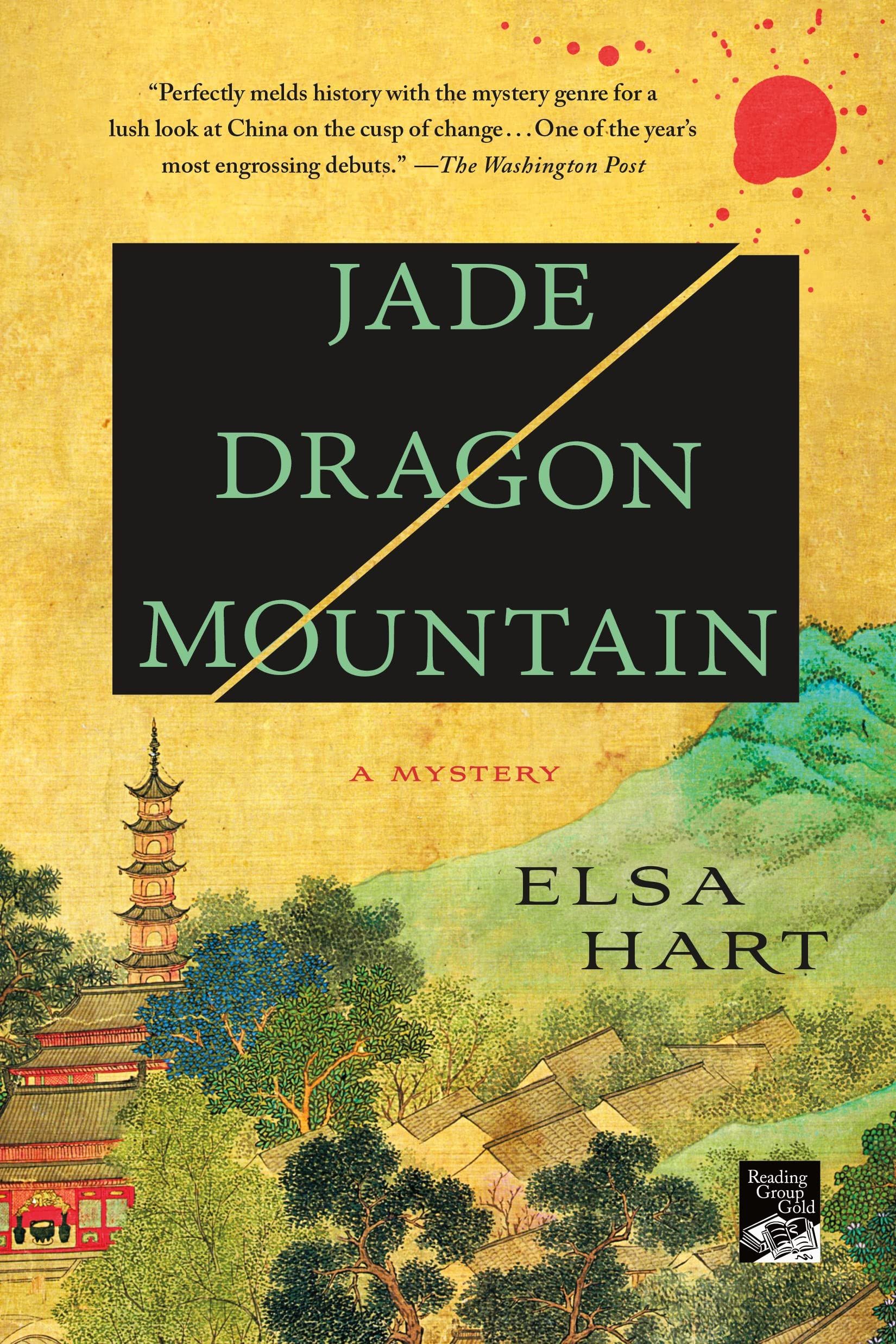
Jade Dragon Mountain by Elsa HartThis is the first book in the Li Du novels, a series about an exiled imperial librarian turned detective. Li Du knows that the power of an empire relies on the stories it can tell, and when he arrives in the border town of Dayan, he finds a populace awaiting a solar eclipse commanded by the emperor himself. When a Jesuit astronomer is found murdered, Li Du suspects that the crime was committed by one of the many people who came to Dayan to witness the eclipse. Facing the choice of leaving China or staying and bringing about justice, Li Du has to confront his own past as well as the murder in Dayan’s midst. |
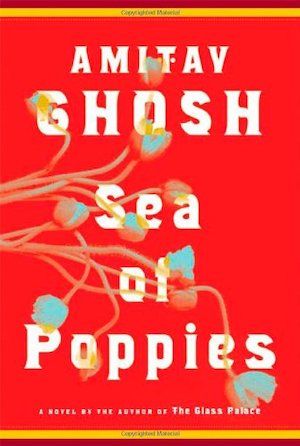
Sea of Poppies by Amitav GhoshJust before the Opium Wars, a ship known as the Ibis makes its way across the Indian Ocean and toward China. Onboard is a diverse crew of colonizers, orphans, Indians, and freedmen, all looking to gain wealth and security through trade. This intricately plotted adventure story takes readers across China, conjuring up the sights and sounds of the time as well as the rush of the country’s ports. Touching on colonialism, cultural syncretism, and the rapid changes of the world in the 1800s, this historical fiction epic is a treat for readers looking to immerse themselves. |
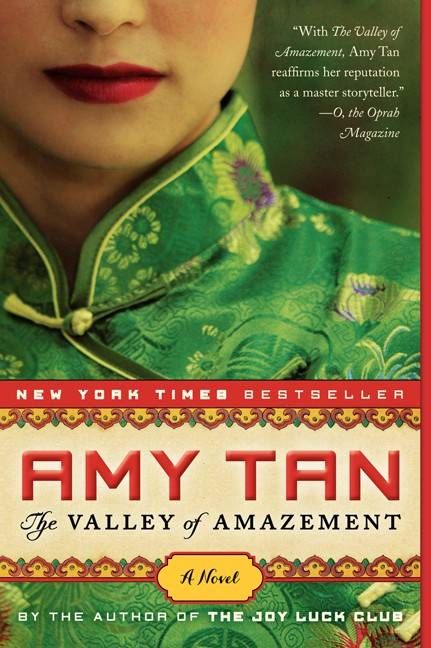
The Valley of Amazement by Amy TanAmy Tan is a prolific writer perhaps best known for The Joy Luck Club. In The Valley of Amazement, she brings readers from the last days of imperial China up to the edge of World War II in a sweeping, historical novel. The book opens with the story of Violet, who is growing up at Hidden Jade Path, a courtesan house in Shanghai run by her American mother. When the Qing dynasty falls in 1912, Violet and her mother are separated and Violet is sold to a rival courtesan house where she eventually marries and has a child. As the book moves forward across a 40-year span, we learn about what Violet’s life has been like, as well as find out more about her mother’s story, all against the backdrop of a rapidly changing country. |
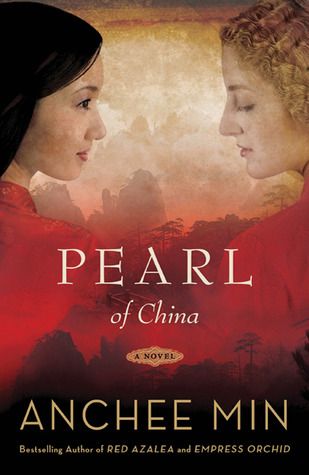
Pearl of China by Anchee MinFor American audiences in the 20th century, Pearl S. Buck was possibly the most well-known author of English language historical fiction set in China. Anchee Min’s Pearl of China fictionalizes the life of Pearl, the child of American missionaries living in China, and her friend Willow, a young girl from Chin-kiang (Zhenjiang). Amidst the Boxer Rebellion, Pearl’s family leaves and the two friends are separated but keep in touch. Their friendship provides a glimpse into both their personal struggles and the changes brought about in China over the course of the 20th century. |
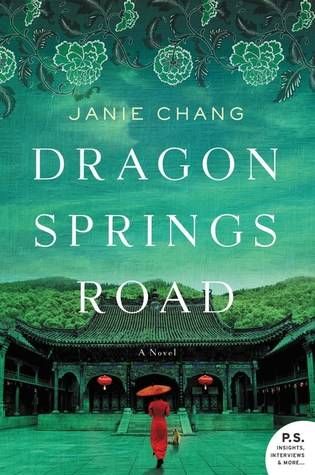
Dragon Springs Road by Janie ChangIn 1908, 7-year-old Jialing is abandoned in the courtyard of a decaying Shanghai estate. As a Eurasian child, Jialing knows she is an outcast and that her only hope is that the Yangs, who own the estate, will take her in as a servant. Over time, Jialing bonds with Yang’s oldest daughter Anjuin as well as Fox, an animal spirit who haunts the estate. As China becomes increasingly tumultuous in the transition to a Republic and the end of the Qing dynasty, Jialing witnesses a politically driven murder that threatens her relationship with Anjuin and all the stability she has worked to build for herself. |

Women of the Silk by Gail TsukiyamaIn 1920s rural China, women work long hours in dusty factories that churn out silk for eager customers. As they get to know each other, the women working at the silk factory come together to dream of lives of freedom and eventually decide to go on strike. This book is a window into both the labor of the silk women in 1920s China and the life of women in Chinese villages at the beginning of the 20th century. |

The Last Rose of Shanghai by Weina Dai RandelIn the Japanese-occupied Shanghai of 1940, Aiyi Shao is an heiress and owner of a formerly glamorous nightclub that has fallen on hard times. Ernest Reismann is a Jewish refugee from Germany who has fled to Shanghai in hopes of safety. When he and Aiyi meet, they bond over a mutual love of jazz and she hires him to play piano at her club. Soon, Aiyi’s club is once again a hotspot, thanks to Ernest’s music, and the two of them have fallen in love. However, they can’t avoid the encroaching war, nor the fact that Aiyi is engaged to another man. |
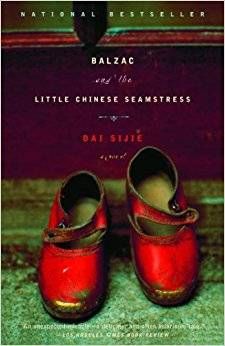
Balzac and the Little Chinese Seamstress by Dai SijieSet during the Chinese Cultural Revolution, this novel follows two teenage boys: “genius storyteller” Luo and the narrator, who has a talent for playing the violin. After their doctor parents are declared enemies of the state, the boys are sent to the mountains of rural China for reeducation. There, they toil in coal mines while also sharing their stories and talents with the local villagers, including their knowledge of forbidden novels and films. Both boys also fall in love with Little Seamstress, the beautiful daughter of the local tailor, and their relationships with her and with other members of the village soon become complex and dangerous. |
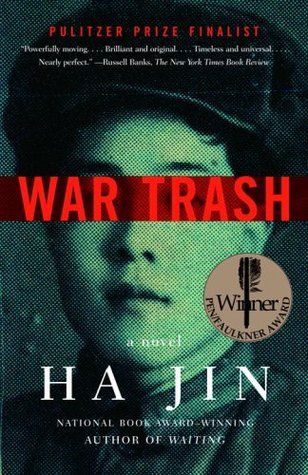
War Trash by Ha JinA view of a little written-about aspect of Chinese history, this book tells the story of Yu Yuan, a Chinese soldier being held in a U.S. POW camp during the Korean War. A volunteer with Mao’s army, Yu Yuan is captured and then becomes the intermediary between his fellow prisoners and the guards, due to his ability to speak English. A vivid account of cruelty, loss, and hope, this is a searing book about Chinese involvement in the Korean War. |
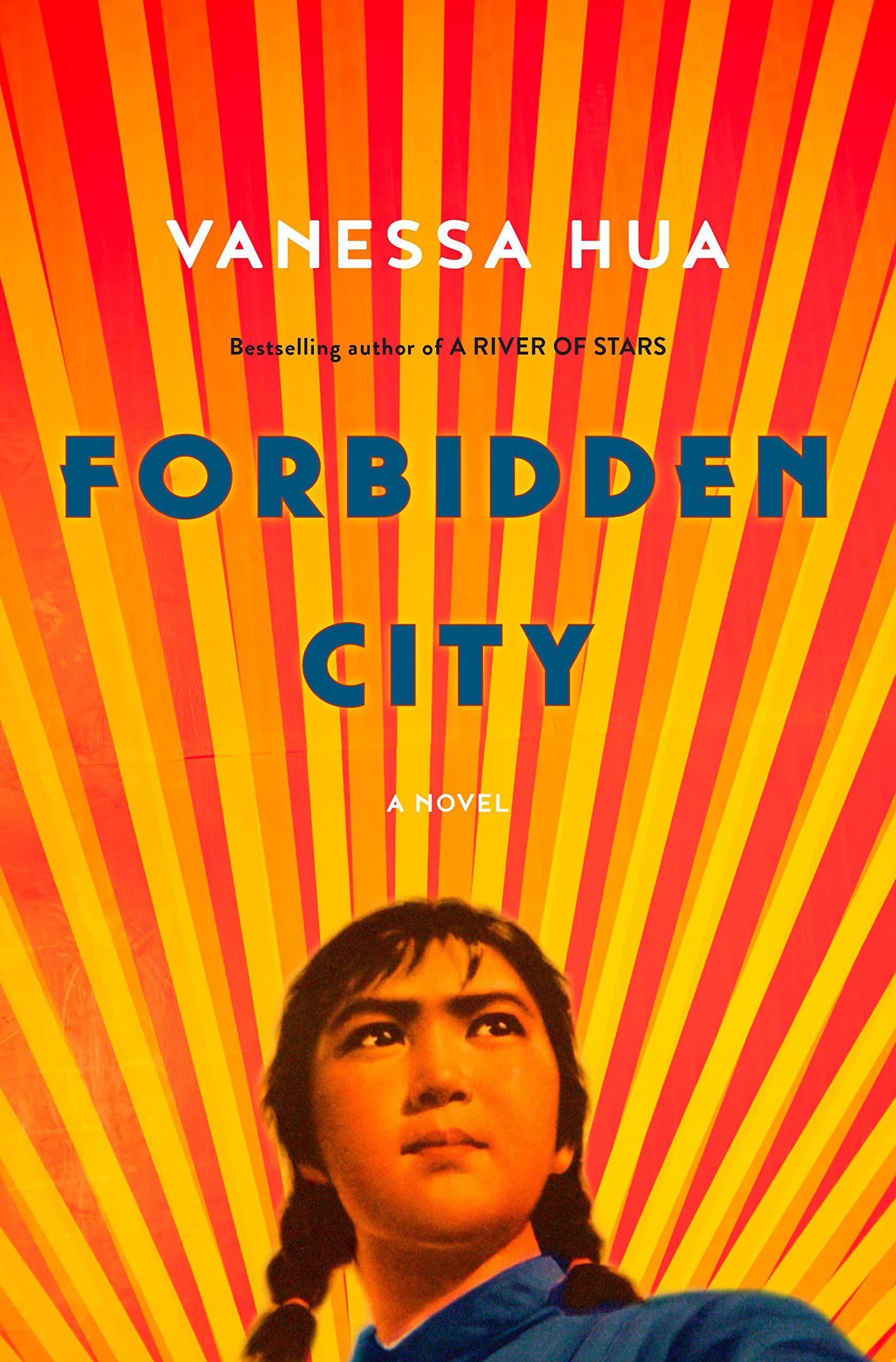
Forbidden City by Vanessa HuaSixteen-year-old Mei is a zealous follower of Mao who aims to be a model citizen during the Cultural Revolution. When the local Communist Party comes to recruit young women for a secret duty in the capital, she eagerly signs up and finds herself assigned to a troop of dancers whose job is to entertain party elites. Driven by her fervor, Mei sets her sights on the Chairman himself and is soon his confidant and paramour. However, her fellow recruits, and the Chairman’s wife, resent the power Mei holds. When the Chairman gives her a new assignment, Mei is forced to confront the truths of the revolution beyond the walls of the capital. |
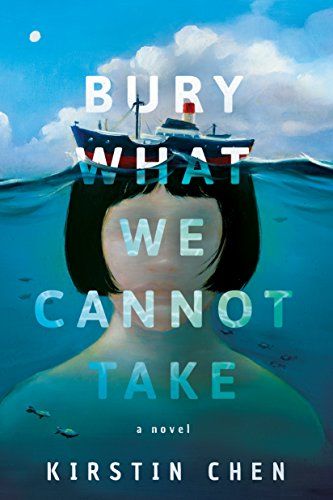
Bury What We Cannot Take by Kirstin ChenWhen Ah Liam and his sister San San catch his grandmother taking a hammer to a portrait of Chairman Mao, 12-year-old Ah Liam reports her to the Communist Party to prove his loyalty. By doing so, he sets in motion a chain of events that drive the family from their home on Drum Wave Islet, just off mainland China. Ah Liam’s mother frantically procures visas to Hong Kong, but it comes at a cost: she must choose a child to leave behind in order to assure the government she will return. |
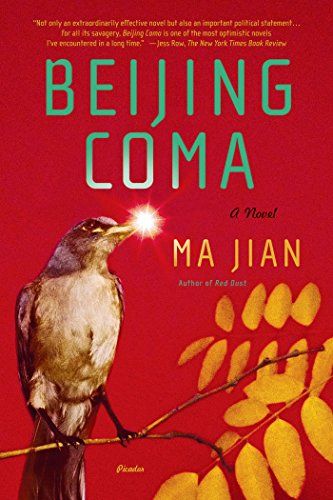
Beijing Coma by Ma JianAfter being hit by a soldier’s bullet in Tiananmen Square in June 1989, Dai Wei has been in a coma for almost a decade. Forced to care for him at home after the hospital found out he was an activist, his mother sold his urine and kidney to fund treatment by a member of the outlawed Falun Gong sect, Master Yao, and fell in love with Yao as well. When Dai Wei awakes at the turn of the millennium, he finds a radically different China full of contradictions, new technologies, and a rising role on the world stage. This is a darkly funny and poetic book about China’s ascendancy at the beginning of the 21st century. |
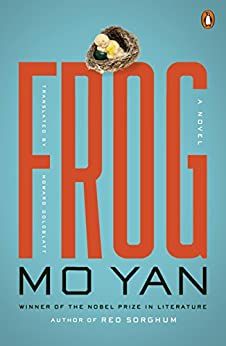
Frog by Mo YanWhen a playwright decides to write a play about his aunt Gugu’s life, he hears a story of China’s history and its one-child policy. As a young woman, Gugu was a revered midwife turned rural obstetrician and the daughter of a staunch Communist, but when her lover defected from the Party, she came under suspicion. To prove her devotion, Gugu dedicated herself to strictly enforcing the one-child policy by keeping tabs on the children families had and performing abortions on unwilling women. This book shows the desperate reality of families living through this time in Chinese history. Mo Yan is a pen name for the author Guan Moye, winner of the 2012 Nobel Prize in Literature. |
Looking for more books set in China and/or by Chinese authors? Check out our must-read list of Chinese books in English translation and our roundup of Chinese science fiction. We also have plenty of historical fiction new releases for you to look forward to in 2023!









